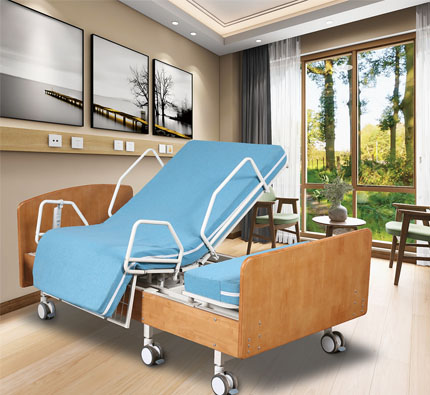Welcome to our websites!
emergency trolley instruments
Emergency Trolley Instruments Essential Tools for Critical Care
In the fast-paced environment of emergency medicine, time is of the essence. When every second counts, emergency medical professionals rely on a well-organized and fully stocked emergency trolley. The emergency trolley, also known as a crash cart, is an essential piece of equipment in hospitals and emergency medical services (EMS). It is designed to provide immediate access to the instruments and medications needed to manage life-threatening situations.
Structure and Organization
An emergency trolley is typically equipped with multiple drawers and compartments, each designated for specific types of instruments and supplies. The organization of these materials is crucial for rapid response. Typically, the top of the trolley is reserved for frequently used items, while the lower drawers contain less commonly used supplies. The trolley should be clearly labeled and color-coded to enable quick identification of necessary tools during emergencies.
Essential Instruments
Among the most critical instruments found on an emergency trolley are defibrillators, which are essential for restoring normal heart rhythm in cases of cardiac arrest. Automated External Defibrillators (AEDs) can guide rescuers through the defibrillation process, allowing trained and untrained individuals alike to respond effectively in an emergency.
Suction devices are another vital component, used to clear the airway of obstructions, such as blood, vomit, or other materials that could inhibit breathing. The presence of airway management tools, including endotracheal tubes and bag-valve masks, is important for providing respiratory support to patients in distress.
emergency trolley instruments

Medications are also a critical aspect of the emergency trolley. A variety of emergency drugs, including epinephrine, atropine, and analgesics, are typically stocked. These medications are essential for treating conditions like anaphylactic shock, bradycardia, and severe pain, respectively. The use of pre-filled syringes and clearly labeled compartments helps save time and reduce errors during administration.
Monitoring Equipment
To assess a patient's condition quickly, emergency trolleys are often equipped with monitoring equipment such as pulse oximeters, ECG monitors, and blood pressure cuffs. These devices allow healthcare providers to gather vital signs and other critical information, guiding their interventions in real time.
Training and Protocols
While the instruments on an emergency trolley are crucial, the effectiveness of these tools relies significantly on the training and protocols established by the healthcare facility. Regular drills and training sessions ensure that all personnel are comfortable navigating the trolley and know how to utilize the instruments effectively. Additionally, routine checks and inventory management are essential to guarantee that the trolley is always stocked and ready for action.
Conclusion
The emergency trolley is a lifeline in the chaotic world of emergency medicine. By housing a comprehensive array of instruments and medications, it empowers medical professionals to deliver timely interventions that can save lives. Maintaining an organized, well-stocked, and frequently inspected trolley is essential in ensuring preparedness for any emergency scenario. As advancements in medical technology continue to evolve, so too will the capabilities and design of these vital instruments, ensuring that they remain at the forefront of emergency care.
-
Transforming Healthcare with Hospital FurnitureNewsJun.24,2025
-
Rehabilitation EquipmentNewsJun.24,2025
-
Mobility and Independence with WheelchairsNewsJun.24,2025
-
Freedom of Mobility with Our Rollator WalkersNewsJun.24,2025
-
Comfort and Independence with Commode ChairsNewsJun.24,2025
-
Bathing Safety and Independence with Shower ChairsNewsJun.24,2025
-
Navigating the Wholesale Landscape of Electric Mobility Solutions: Key Considerations for Power Wheelchair DealersNewsJun.10,2025











